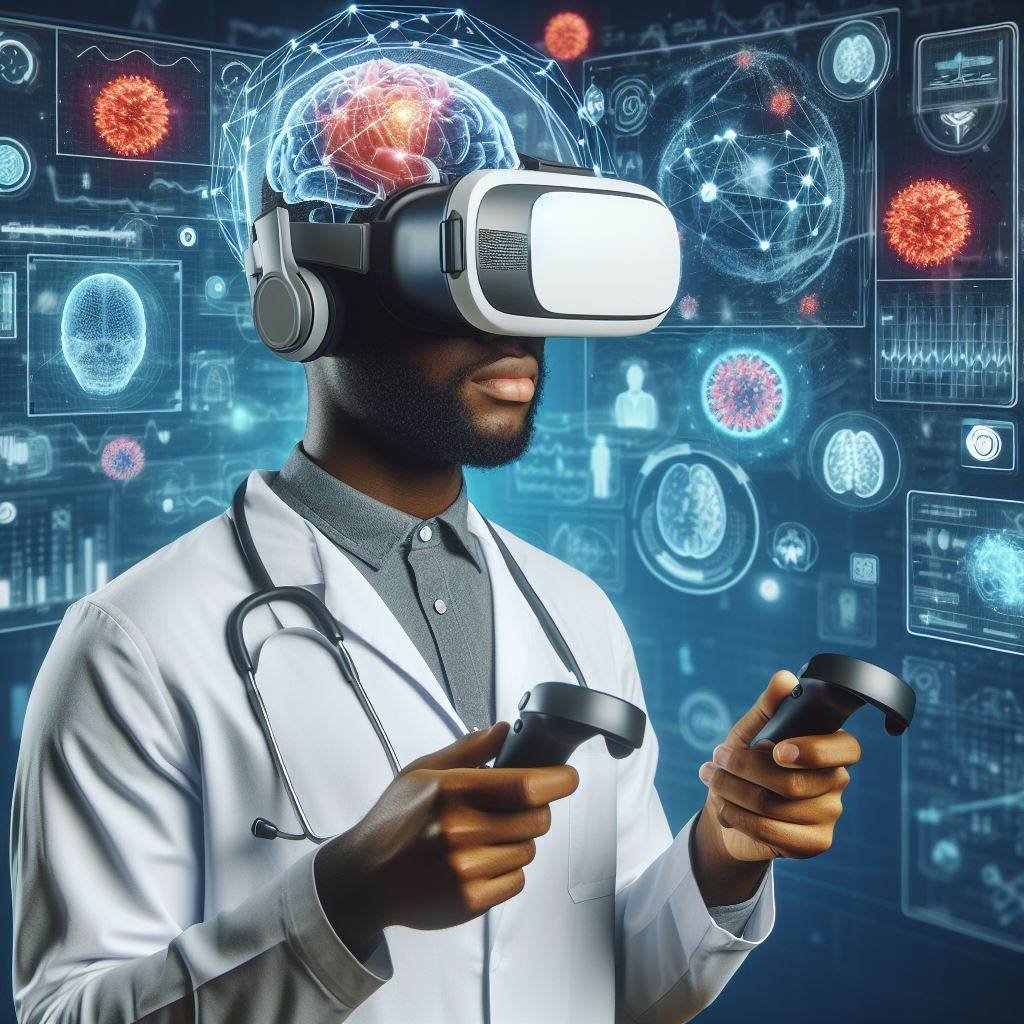
Research domains
Cognitive and visual rehabilitation
Extended Reality (XR) is a powerful tool in cognitive and visual rehabilitation. In cognitive rehabilitation, XR's immersive environments engage and challenge various cognitive functions like memory, attention, and problem-solving. The addition of eye tracking in visual rehabilitation allows for precise monitoring and analysis of eye movements, enabling tailored visual exercises that target specific areas of need. This synergy aids in improving visual and attentionall skills, with exercises adapted to the patient's unique profile. The interactive and engaging nature of XR not only makes therapeutic exercises more effective, but also boosts patient motivation and participation in the rehabilitation proces.
Motor rehabilitation
XR offers a secure and controlled setting for enhancing the learning of motor skills. XR's therapeutic potential is effectively integrated with computer-assisted analysis of motor function, providing accurate assessment and training of motor impairments in patients with brain injuries and other disorders. The interactive virtual environments stimulate the visual, vestibular, and proprioceptive systems during task execution.
Mental health rehabilitation
Extended Reality (XR) offers innovative solutions for mental health rehabilitation, including exposure therapy, relaxation techniques, and mood enhancement. By creating immersive, controlled environments, XR allows for safe exposure to stressors, aiding in the management of anxieties and phobias. Its relaxing virtual spaces can help reduce stress and improve overall mental well-being. Additionally, XR's engaging and interactive nature can positively influence mood, providing a supportive tool in mental health treatment and recovery.
Tele-rehabilitation and multi-user VR
Tele-rehabilitation, enhanced through multi-user Extended Reality (XR), is revolutionizing the field of rehabilitation by offering remote and immersive therapy sessions. This technology enables patients to engage in rehabilitation activities from the comfort of their own homes while still interacting in real-time with therapists. Multi-user XR creates a shared environment where participants can practice and learn together, fostering a sense of community. This approach not only makes rehabilitation more accessible but also adds a social dimension that can significantly improve motivation and engagement. The ability to track progress remotely through XR technology ensures that therapists can provide personalized feedback and adjust treatment plans as needed, making tele-rehabilitation a flexible and effective solution for a wide range of rehabilitation needs.





